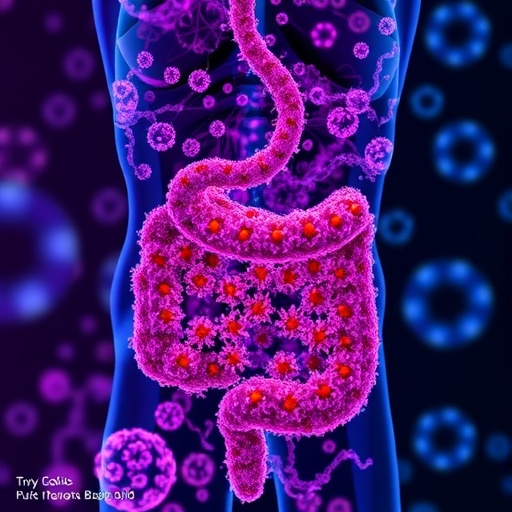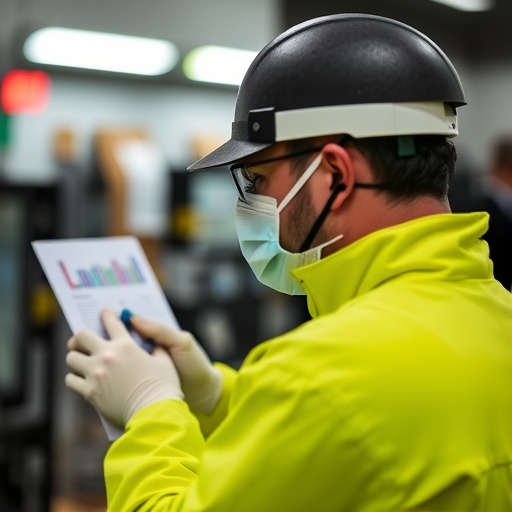April 24, 2019 — In response to U.S. restrictions on where tobacco companies are allowed to advertise their products, the industry now dedicates nearly all of its $9 billion advertising budget to activities occurring in retail settings. A new study by researchers at Columbia University Mailman School of Public Health fills an important gap by documenting specific characteristics of storefront tobacco advertisements in the context of today’s diverse tobacco product landscape. Findings are published online in the journal Preventive Medicine.
“The mechanisms through which tobacco advertising in retail settings influence product use are not well understood, particularly for non-cigarette products,” said Daniel Giovenco, PhD, assistant professor of Sociomedical Sciences. “The aim of our study was to describe how ad features, such as flavor promotion, size, and placement, vary across product categories, and how this may contribute to consumer behavior.”
The researchers analyzed nearly 1,000 photos of storefront tobacco ads taken from a representative sample of 796 licensed tobacco retailers in New York City between July and October 2017. Cigarettes were the most commonly advertised product (40 percent of ads), followed by electronic nicotine delivery systems (ENDS, 28 percent), cigars (27 percent), and smokeless tobacco (5 percent). Nearly a quarter of all ads were for Newport cigarettes, a brand commonly used by African American smokers. The promotion of menthol or flavored product styles was documented in 60 percent of cigarette and smokeless tobacco ads, versus 26 and 30 percent of cigar and ENDS ads, respectively.
Although cigarette ads generally took up a larger amount of window space compared to other product types, cigar and ENDS ads were more commonly placed directly on the door of entry, potentially making them more noticeable to consumers. Tobacco ads were frequently displayed directly next to other tobacco ads and other “vice” products. For example, a quarter of cigar and cigarette ads were adjacent to ads for sugary drinks and lottery tickets.
Importantly, advertising features did not always align with local or federal tobacco control policies. For example, 10 percent of cigarette ads did not contain a warning label, despite a federal mandate. Similarly, a third of cigar ads promoted a flavored product, even though flavored cigars are now prohibited from being sold in New York City. Advertising policy violations may be attributed to retailers who leave “older” ads displayed for long periods of time, irrespective of the evolving policy landscape.
“By documenting and monitoring specific point-of-sale advertising strategies, compliance with tobacco control policies, and assessing their impact on tobacco use behaviors, we are building the necessary evidence base needed to inform sound policymaking,” said Giovenco. “It is important that local, state, and federal governments forcefully move forward in regulating one of the ‘last frontiers’ and most effective forms of tobacco marketing. “
###
Co-authors include Torra Spillane and Bryce Wong, Columbia Mailman School; and Olivia Wackowski, Rutgers School of Public Health.
The study was supported by the National Institutes of Health (DP5OD023064), National Cancer Institute (R37CA222002), and Food and Drug Administration (FDA) Center for Tobacco
Products (U54CA229973).
Columbia University Mailman School of Public Health
Founded in 1922, the Columbia University Mailman School of Public Health pursues an agenda of research, education, and service to address the critical and complex public health issues affecting New Yorkers, the nation and the world. The Columbia Mailman School is the third largest recipient of NIH grants among schools of public health. Its over 450 multi-disciplinary faculty members work in more than 100 countries around the world, addressing such issues as preventing infectious and chronic diseases, environmental health, maternal and child health, health policy, climate change & health, and public health preparedness. It is a leader in public health education with over 1,300 graduate students from more than 40 nations pursuing a variety of master’s and doctoral degree programs. The Columbia Mailman School is also home to numerous world-renowned research centers, including ICAP and the Center for Infection and Immunity. For more information, please visit http://www.
Media Contact
Stephanie Berger
[email protected]




